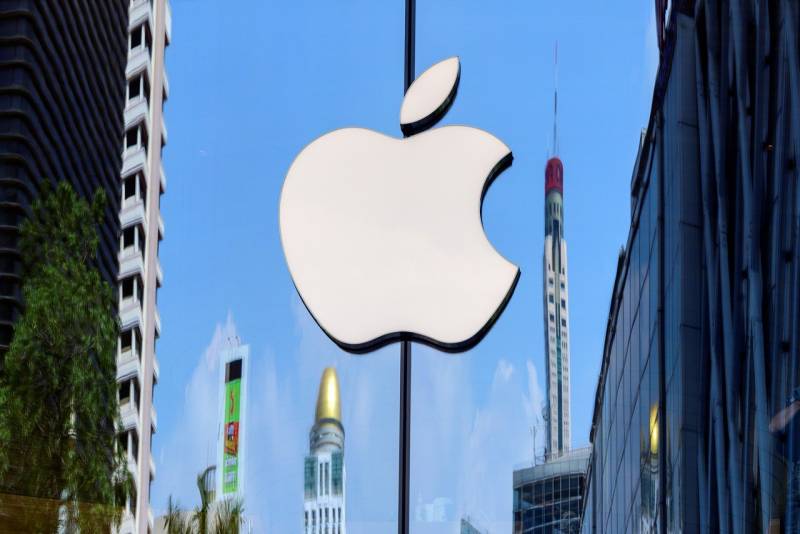You might need to change your Apple ID email if you got a new email address or lost access to your old one. Here's how to do it.
If you get a new email address or lose access to an old one, you should change your Apple ID to protect your account. The updated email address will be your login for your iPhone, iPad, or Mac, as well as other Apple services like iTunes, the App Store, and iCloud. Don't worry about losing your data; your account will remain the same (and all of your previous app and music purchases will be preserved), but it will now be linked to your new email address.
Read Also:
Without further ado, let's check out how to change your Apple ID email address.
How to Change Your Apple ID Email Using the Website
Before you begin, log out of any Apple device that's linked to your Apple ID. And make sure you have an up-to-date iCloud backup so you won't lose important data like contacts or other information.
You'll also need access to your Apple ID's email address to verify the change, so you want to double-check that you have your email account's password.
With that all done, let's get started:
- Head to appleid.apple.com on your iPhone, Mac, or PC and sign in with your present Apple ID and password. It's easy to reset your Apple ID password if you can't remember it.
- The website will take you straight to the Sign-In and Security section. Click the Apple ID tab to continue.
- Next, enter your new email address in the Change your Apple ID box that pops up. If the email address you entered isn't available, it means another Apple user is using that email address. Unless the user disconnects that email from their account, you'll have to use a different email address or create a new Apple ID
- Click Change Apple ID, and you'll be asked to enter a verification code that was sent to your new email address. Look for it in your inbox and enter it into the blank boxes provided. If you can't find the verification code, make sure you're checking the right email. You could also search for the most recent email sent by noreply@apple.com.
- After entering the verification code, the dialog box will close, indicating that you have successfully changed your Apple ID email.
- Sign in to all your Apple devices and services with your new Apple ID. Please note that you can't change an Apple ID within 30 days of the last change.
Also, you can only change Apple IDs that are non-Apple email addresses, like emails on domains like @gmail.com, @hotmail.com, or @yahoo.com email. If your Apple ID uses a proprietary domain like @icloud.com, @me.com, or @mac.com, you won't be able to change it. If you're trying to switch to a different Apple ID account—not change the email address you're using as your Apple ID—you can sign out, then sign in with that Apple ID.
How to Change Your Apple ID Email From Your iPhone Settings
You can also change your Apple ID email address using the Settings menu on your iPhone. Here's how:
- Open the Settings app on your iPhone.
- Select your name at the top of the screen, then open the Name, Phone Numbers, Email section.
- Tap Edit from the Contactable At section.
- Next, tap the red minus (–) icon next to your name, then Delete on the right side of the screen.
- In the pop-up screen, select Continue to verify you want to remove your existing email and add a new one.
- Enter the email address you want to use for your Apple ID on the new screen that appears.
- Verify your new address via the email Apple sends to your new Apple ID email address.
Make sure you back up your iPhone before you start this process, or you may lose valuable data. You'd have to update your sign-in information on all your other devices.
How to Change Your Apple ID Email on Your Mac
After you change your Apple ID email address, you'd have to update your sign-in information on your other devices. If you were logged in on your Mac, you should now use your new Apple ID email to sign in to iCloud so that you don't run into issues like iCloud not syncing. Here's how:
- Click on the Apple icon in the menu bar, then select System Preferences and choose Apple ID.
- Click Sign Out, then select Keep a copy from the pop-up dialog box to have your device save a copy of your iCloud data.
- Enter your Apple ID password when prompted, and you'll be signed out of iCloud on your Mac. You might have to wait a minute for the sign-out process to complete.
- Enter your new Apple ID email address and password at the login prompt, then enter your Mac's password. Click Next, and you should be signed in again.




